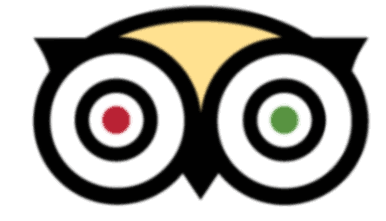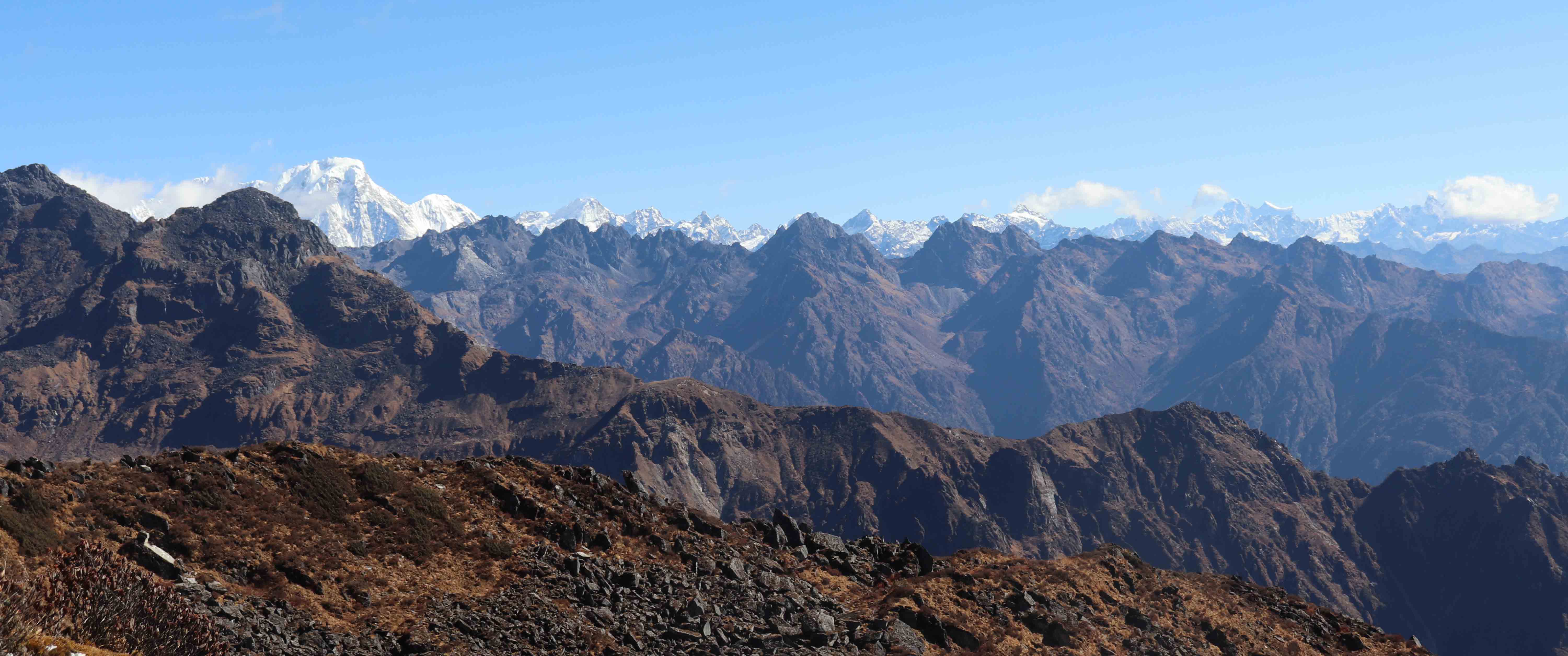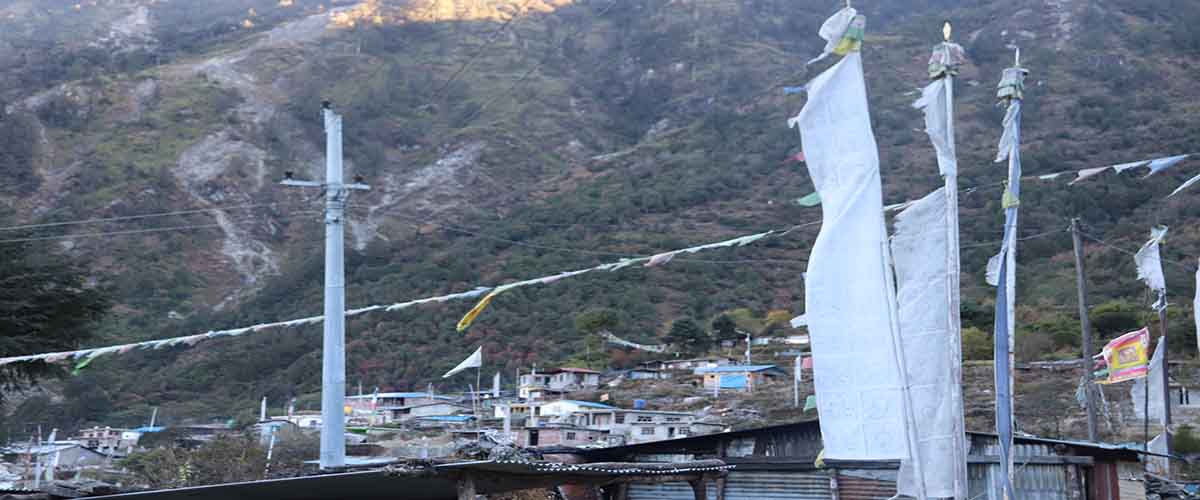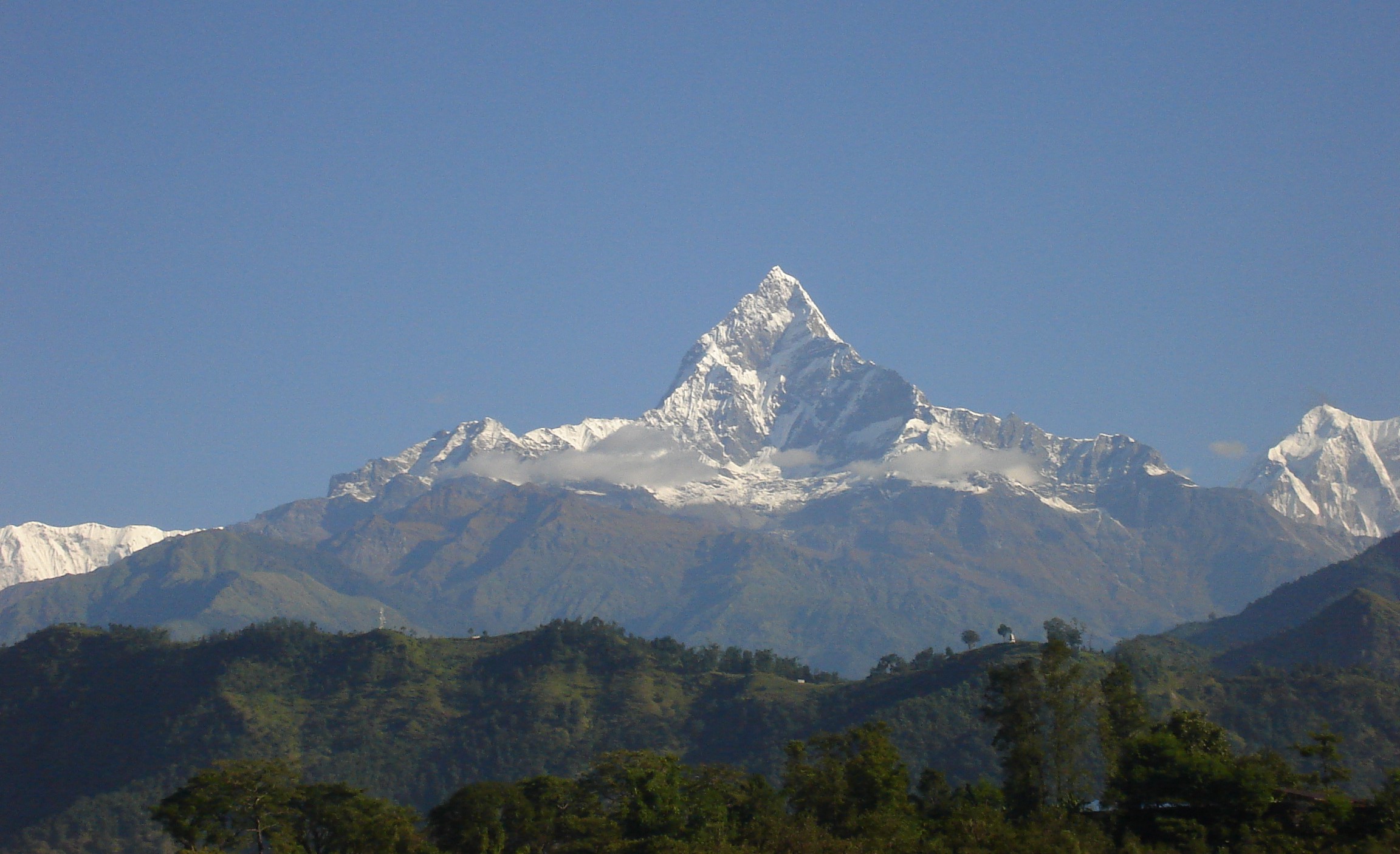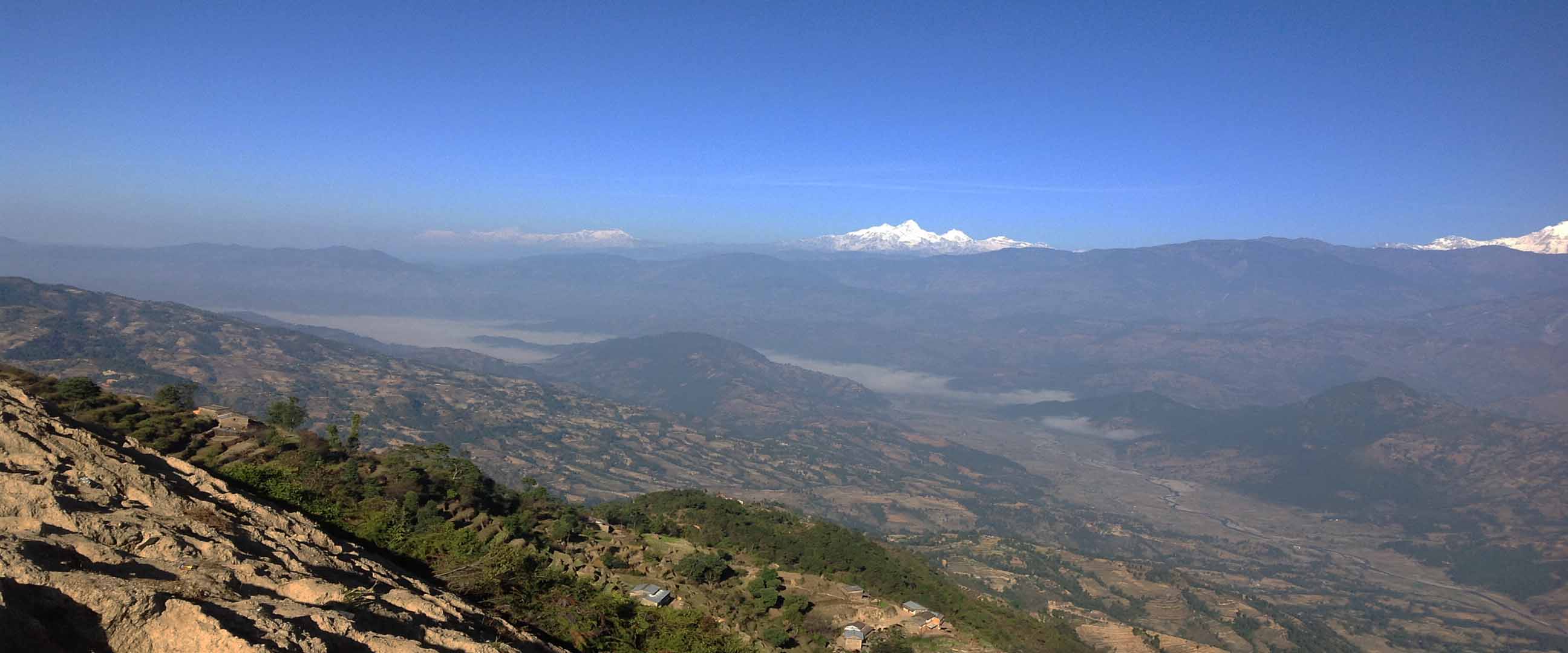- Home
-
Nepal
-
Trekking
- Dhampus trek
- Jomsom Muktinath Trek
- Annapurna Base Camp Trekking (Sanctuary)
- Annapurna Circuit(Round) Trekking
- Mardi Himal Trekking
- Ghorepani Cleaning Trek
- Annapurna Panorama Trek
- Annapurna Culture Trek
- Everest Base Camp Trek
- Everest Panorama Trek
- Khopra Trek
- Mohare Danda Trek
- Ganesh Himal Trekking
- Ganesh Himal Medical Trek
- Langtang Valley Trek
- Langtang Gosainkund Trek
- Ganja La Pass Trekking
- Ruby Valley Pangsang Pass Trek
- Langtang Gosainkund Helambu Trek
- Tamang Heritage Trek
- Panch Pokhari Trek
- Upper Mustang Trek
- Everest High Pass Trek
- Gokyo Valley Trek
- Gokyo Chola Pass Trek
- Salleri to Everest Base Camp Trekking
- Pikey Peak Trek
- Tsum Valley Trek
- Manaslu Circuit Trek
- Lower Dolpo Trek
- Makalu Base Camp Trek
- Ghorepani Poon Hill Trek
- Helambu Trek
- Jyamrung Trek
- Chepang Indigenous Trek
- Dhampus Sarangkot Trek
- Ghandruk Trek
- Surya Chaur Chisapani Trekking
- Yoga Soft Trek
- Indigenous Trek
- Nepal Social Treks
- Yoga Shamanism Trek
- Chisapani Nagarkot Dhulikhel Trek
- Kathmandu Valley Trek
- Khaptad National Park
- Jiri to EBC Trek
- Nomad Community Trek
- Annapurna Luxury Trek
- Tilman Pass Trek
- Helambu – Ama Yangri Trek
- Peak Climbing
- Chulu West Peak Climbing
- Chulu Far East Climbing
- Island peak via Gokyo-Chola-EBC
- Island Peak Direct Route
- Lobuche Peak Climbing
- Mera and Island Peak via Apulapcha Pass and EBC
- Mera Peak Direct Route
- Mera Peak Climbing
- Naya Kangi Peak Climbing
- Paldor Peak Climbing
- Pisang Peak Climbing
- Tent Peak Climbing
- Yala Peak Climbing
- Pachermo Peak via Tsho Rolpa Lake
- Lobuche Peak via Gokyo Chola Pass EBC
- Rafting and Kayaking
- Wildlife Safari
- Adventurous Trip
- Mountain Biking
- Hiking
- Tours
- Day Tours
- Expedition
- Ganesh Himal-I Expedition
- Ganesh Himal -IV Expedition
- Makalu Expedition
- Annapurna Expedition
- Ganesh Himal -V Expedition
- Dhaulagiri Expedition
- Ama Dablam Expedition
- Cho Oyu Expedition
- Everest Expedition from Tibet Side
- Everest Expedition
- Kanchenjunga Expedition
- Lhotse Expedition
- Manaslu Expedition
- Pumori Expedition
- Annapurna I Climbing
- Ganesh Himal Climbing
- Himlung Himal Climbing
- Tibet
- Tours
-
Bhutan
-
Tours
- Trekking & Hiking
- India
-
Tours
- Trekking and Hiking
- Multi Country
-
Nepal Tibet Bhutan Trekking
- Nepal Bhutan Tour
- Nepal Bhutan Trek
Helambu Trek
Key Points
- Destination: Nepal
- Duration: 10 Days
- Activity: Trekking
- Max-Altitude: 3,650 m
- Fitness Level: Moderate
- Group-Size: 2-15 pax
Trip Overview
Helambu trek is one of the most beautiful short treks in Nepal. This trek lies in the Helambu region – the home to the Hyolmo people from which the term Helambu derives. The region stands overlooking the mountain peaks in the Langtang range of the Himalayas and extends from the Lauribina Pass to the Melamchi River Valley. Helambu is one of the nearest trekking regions to Kathmandu thus the Helambu trekking. Although it lies closer to the capital urban city, both the pristine nature and authentic lifestyles in the region are undisturbed which you still can enjoy in its organic form. Spectacular views of the Himalayan peaks, distinct lifestyles of Hyolmo culture, artistic Buddhist monasteries, and important Buddhist pilgrimage sites all combined in this short trekking trip offer a wonderful lifetime experience in the Nepal Himalayas.
Our Helambu trek program in the region is one of the most sought-after trekking trips.
Itenerary
Arrival in Kathmandu and meet with our friendly representative at the arrival terminal of only International airport. And, then you will be transferred to your hotel. You check-in at your Hotel and then after short rest you can go to explore market area of Thamel – where you can eat your supper, change money, buy some stuffs from supermarket, or buy trekking gears – if you need to do. Later we take you to our office for the trip briefing. Overnight at your hotel. Delay of any kind will postpone the events for next day according to feasibility.
You start the day with delicious breakfast served at your Hotel. The sightseeing involves tour of two religious and cultural sites of Pashupatinath temple and Boudhanath stupa. Pashupatinath Temple: It is one of the most celebrated Hindu temples in South-Asia. The temple is devoted to Lord Shiva. This place is a UNESCO world cultural heritage site. The Bagmati river flowing besides the temple is religiously and spiritually significant for Hindus where cremation of dead body takes place. Pashupatinath temple holds the most of prominence during Shivaratri – Shiva’s birthday and thousands of pilgrims gather in the night to celebrate the day. Boudhanath Stupa: It is one of the biggest Stupas in terms of size and height in Nepal and located in east of Kathmandu in the ancient trade route between India-Nepal and Tibet. The site is peaceful and culturally filled with intermixed influence of Tibetan and Sherpa roots. Stupa built in the trading route between Kathmandu and Tibet has four pairs of eyes directed towards all four directions. It is believed to be influenced by Mahayana Buddhist philosophy. After short tour of city we return to hotel and prepare for the trek. Overnight will be spent at hotel.You start the day with a short drive for about 40 minutes to Sundarijal, the trek starting point. As you reach Sundarijal, you walk straight uphill towards Chisapani in which the walk provides panoramic views of the mountains, beautiful landscape, and the walk in the jungle. You walk through small dotted villages, farm terraces, and in the National Park. About five hours of a steep uphill walk through forest and village, and a short descent finally takes you to Chisapani – literally means cold water – to stay overnight. Spend leisurely rest of the time in Chisapani enjoying the grandeur view of the Himalayan peaks. Overnight stay at the local lodge.
At Chisapani have breakfast and start descending to the Patibhanjyang, and then climb uphill. The walk today is quite long, and you have to walk frequent uphill and downhill, but not as steep long as the first day. As you traverse the trail you can enjoy the view of the mountains in the Langtang range. The beautiful walk of the day ends after you reach Kutumsang – small town in the ridge. You can explore and walk around in the evening if you are still strong enough to do so. Overnight at local lodge.
After breakfast at your lodge, the walk starts with uphill in the forest area. About six hours of trekking journey takes you to Thadepati for an overnight stay. The section of the walk today brings some spectacular views. You can enjoy marvelous views of the Himalayas – section of Langtang range – from Yurin Danda and offer some beautiful natural wonders. Thadepati is small place with few tourist facilities, yet basic and windy. Overnight at local lodge.
The walk from Thadepati today is a wonderful exploration of the Helambu region. You first walk steep down to the river in the forest and then walk up after crossing the stream to reach Melamchi Gaun and then to Tarkeghyang. Tarke Ghyang is an incredible place to explore a mixture of culture and spirituality of Sherpa people. You can explore the village monastery and surrounding in the evening given your stamina, and tiredness. Overnight at local lodge.
You start another exciting day in the Helambu region with breakfast at the lodge. After you walk small forest section enjoying numerous small villages of the Helambu region, and walk past some villages, you finally reach the village called Sermanthang. It is another village rich in Sherpa culture and practices Buddhism. You can explore the village monastery and the village in the evening. Overnight local lodge.
This is the final day of your trek and you end with a short walk down to the river valley at Melamchi Pul Bazar. You trek down with splendid view of the Himalayan peaks, and wide Indrawati and Melamchi river bed and walk past numerous villages with rural life. Once you reach MelamchiPul Bazar, we stop for the lunch before setting off on a drive back to Kathmandu. It takes us about four to five hours of drive to reach Kathmandu. Overnight in hotel.
After breakfast at your Hotel, we take you to the mysterious Kathmandu city tour. This historical, cultural and spiritual city unveils the social and historical mysteries to visitors. You will walk through the narrow lanes of the ancient Kathmandu – the center of power – that includes markets of Ason, Glass beads market at Indrachowk, oldest supermarket at New Road, Kilagal, and Hidden Stupas inside the family courtyard. Visit of Kathmandu Durbar Square – the administrative quarter of Malla Kings (fourteenth to eighteenth century), and Shah Kings who ruled Nepal from 1768 until 2008. The most unique experience in the square is the visit to the temple of the living goddess “Kumari”. After the tour, return back to your Hotel. If you are staying in Thamel, you can hang around this bustling tourist market and enjoy shopping. Overnight in Hotel.As per your flight schedule, you will be transferred to the international airport of Kathmandu three hours prior to the flight time and your tour ends here.
What is Included?
- Airport Pick up and Drop with a friendly representative.
- 3-star standard hotels with breakfast in Kathmandu (Nepal’s 3-star hotel can be a bit different than other international standards).
- Tea house (Lodge) accommodation during the trekking on a twin shared basis.
- All meals (Breakfast, Lunch, and dinner) during the trekking.
- Tea Coffee (3 times a day).
- A professional trekking guide, Porter (Helper), and assistant guide above 5 pax.
- All food, drinks, Lodge, salary, Insurance, medical equipment, and all transport for Trekking Staff.
- Private transfer (Kathmandu – Sundarijal | Melamchi pul bazzar – Kathmandu)
- Kathmandu Cultural and Historical sightseeing with a Tour guide, Private transportation, and entrance fee.
- Trekking Permit (TIMS).
- Shivapuri National Park and Langtang National Park Permits
- Down Jacket, a sleeping bag, a Fleece liner, and a duffel bag.
- All government taxes
What is Excluded?
- Any bar bills (alcoholic drinks, mineral water, or cold drinks), cigarettes, client’s personal insurance, and any kind of unforeseen expenses.
- Lunch and Dinner in Kathmandu.
- Tips for Guide, Porter, and Driver (tips not mandatory but highly expected.)
- Travel insurance should cover emergency evacuation in case of need.
- Anything that is not mentioned in Inclusion.
Equipment Checklist
This list outlines the required things to bring during the trekking tours. There are various selections and brands that you can choose from as per your interest. All required trekking equipment can be bought or even hired easily at a reasonable price in Kathmandu. The quantity of your gear and equipment for shorter treks can be lesser, and you may wish to travel light.
General
- Four seasons Sleeping bag (Optional/we can provide one if you need it but is to be returned after the trek)
- Duffel or Rucksack bag & suitcase (Optional/we can provide one if you need it but is to be returned after the trek)
- Daypack
- Down Jacket (Optional/we can provide if you need one but is to be returned after the trek)
Upper Body - Head / Ears / Eyes
- Sun hat
- Warm wool or synthetic hat that covers your ears.
- Goggles or sunglasses for sunbeams, dust, and wind
- Headlamp
- Some people like ear-muffs; These are optional; a good hat, balaclava, and hooded jacket should really be sufficient, but this is a personal choice for some people (optional).
- A neck warmer is another piece of gear for extra warmth if you feel you will need it (optional).
Hand
- Gloves( not too warm and not light )
Core Body
- T-shirts
- Shirts
- Fleece jacket or pullover.
- Fleece Wind-Stopper jacket (optional).
- Waterproof (preferably breathable fabric) shell jacket.
- Women's sports bras, Synthetic, no cotton!
Lower Body – Legs- Feet
- Nylon hiking shorts - Quick drying type, not cotton!
- Underwear, stay away from cotton (4).
- Lightweight long underwear - capilene or other synthetic.
- Softshell pants - synthetic, full zip from top and bottom preferable.
- Trekking pants, preferably that zip on/off at the knees so they double as shorts...
- Cotton pants (loose jeans/khakis).
- All clothing should be kept dry using waterproof stuff sacks or large puncture-resistant plastic bags.
- Two pairs of heavy-weight socks to be worn over liner socks are preferable for the cold season.
- Two pairs of lightweight socks are a good option for the lower / warmer parts of the trail.
- Light to medium-weight waterproof hiking/trekking boots.
- A pair of light trekking shoes or sneakers. Good for around the camp/lodges and in Kathmandu.
- A pair of sandals (Optional).
Medicines and First Aid Kits
(Please note our guide will also carry the first aid kit bag during the trek. However, we still recommend you bring your personal first aid kit as well)
- Extra Strength Excedrin for altitude-related headaches.
- Ibuprofen for general aches and pains.
- Immodium or Pepto bismol capsules for upset stomach or diarrhea.
- Diamox (commonly prescribed as Acetazolamide) 125 or 250mg tablets for altitude sickness. Please discuss this with us before starting to take this medicine.
- One small personal-sized first-aid kit with blister treatments such as mole skin, band-aids, some waterproof tape, anti-infection ointments, etc. Your guides will have more extensive medical gear, but you should have the basics for general use.
Miscellaneous
- Passport and extra passport photos (4 copies).
- Airline ticket (Please make a copy and leave on at our office in KTM just in case you need to change the date of your).
- Durable wallet/pouch for travel documents, money & passport.
- Lip balm. At least SPF 20, 2 sticks. A string taped to the stick is helpful, to hang around your neck and some are now being sold with a cord already attached. Handy as it prevents you from having to stop and look for it.
- Sunscreen. SPF 40 is recommended and should be relatively new since it loses its effectiveness over time.
- Pocket knife or small Swiss Army type.
- Water purification Iodine tablets or Polar-pure crystals.
- Toiletry kit. Be sure to include toilet paper stored in a plastic bag, hand wipes, and liquid hand sanitizer, towel, soap, etc.
- Two bandanas.
Optional
- One pair of adjustable trekking poles. Although these are listed as optional, these can be of great assistance to people who may think of themselves as generally clumsy or with bad knees, ankles, etc., especially when going downhill.
- Favorite snack foods
- Paperback books, cards, and an MP3 player there are a couple of stops where you could recharge. Avoid players with moving hardware as it may not function. Remember, keep these items lightweight
- Binoculars
- One lightweight point-and-shoot camera or 1 large SLR. Digital cameras are okay, but you must keep the batteries warm when not in use
- Hydration bladder with drinking tube and tube insulator
- A pee bottle for men and a pee funnel for women, some swear by them to avoid that chilly late night trip
- One small stainless steel thermos.
All garments should be kept dry using waterproof stuff sacks or large puncture-resistant plastic bags.
Trip Reviews
Write Your Review
- Best Price Guarantee
- Hassle-Free Booking
- Social Outreach Projects
- Responsible and Sustainable Tourism
- Award Winning Company
- Team of highly experienced Experts
- Former guide own the company
- Proven Track Record
Quick Inquiry
We Offer Group Discount
Write Us- 1 Pax US$ 1550
- 2 Paxes US$ 1350
- 3 Paxes US$ 1320
- 4 - 6 Paxes US$ 1290
- 7 - 12 Paxes US$ 1250
- 13 - 18 Paxes US$ 1210
- 19 - 24 Paxes US$ 1175
- 25 - 30 Paxes US$ 1150
- Best Price Guarantee
- Hassle-Free Booking
- No Booking or Credit Card Fees
- Team of highly experienced Experts
- Your Happiness Guaranteed
Quick Inquiry
_Helambu Trek.jpg) ;
;Related Packages
Are you looking forward to extend your travel business in nepal?
Partner With UsTOP
- Nepal Bhutan Tour
-
Tours
-
Trekking

